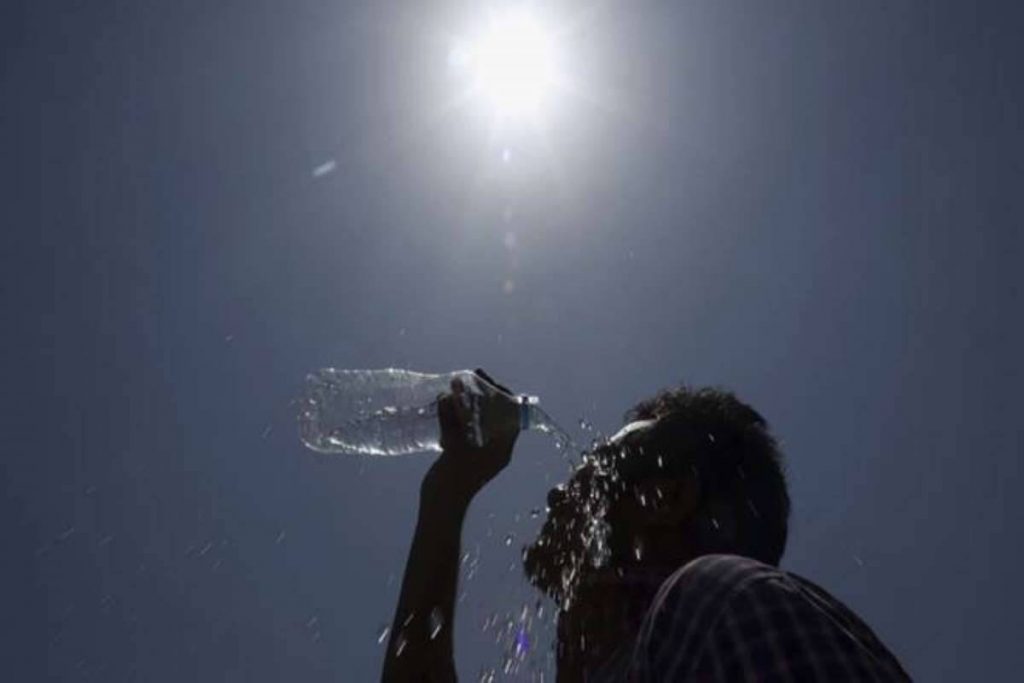New Delhi: Most of India, barring parts of northwest and the peninsular region, is expected to experience above-normal maximum temperatures from April to June, the India Meteorological Department (IMD) said Saturday.
It said above-normal heatwave days are predicted in most parts of central, east and northwest India during this period.
“During the 2023 hot weather season (April to June), most parts of the country are expected to experience above-normal maximum temperatures, except for south peninsular India and some parts of northwest India where normal to below-normal maximum temperatures are likely,” the IMD said.
“A significantly higher number of heatwave days are predicted over parts of Bihar, Jharkhand, Uttar Pradesh, Odisha, West Bengal, Chhattisgarh, Maharashtra, Gujarat, Punjab and Haryana,” IMD Director General Mrutyunjay Mahapatra said in a virtual press conference.
A heatwave is declared if the maximum temperature of a station reaches at least 40 degree Celsius in the plains, at least 37 degrees Celsius in coastal areas and at least 30 degrees Celsius in hilly regions, and the departure from normal is at least 4.5 degrees Celsius.
India logged its hottest February in 2023 since record-keeping began in 1901, according to the IMD.
However, above normal rainfall (37.6mm against a normal of 29.9 mm) due to seven western disturbances, including five strong ones, kept temperatures in check in March.
March 2022 was the warmest ever and the third driest in 121 years. The year also saw the country’s third-warmest April, 11th-warmest August and eighth-warmest September since 1901.
The IMD said normal to above-normal minimum temperatures are very likely over most parts of the country, barring some areas in northeast and northwest India and isolated pockets of the peninsular region.
The weather bureau said India is expected to see normal rainfall in April.
Based on data collected from 1971 to 2020, the country on average receives 39.2 mm of rainfall in April.
Normal to above normal precipitation is expected over most parts of northwest, central and peninsular region, while below-normal rain is predicted in east and northeast India.
La Nina conditions, cooling of the waters in the Pacific Ocean near South America that favours the Indian monsoon, have weakened, according to the IMD.
“Forecast indicates ENSO neutral conditions are likely from April to June. A transition to El Niño is favoured by July-September, with chances of El Niño increasing through the fall,” Mahapatra said.
El Niño, the warming of the waters in the Pacific Ocean near South America, is associated with weakening of monsoon winds and less rainfall in India.
However, the Met Office, said several models indicate the development of positive Indian Ocean Dipole in the coming months. The Bureau of Meteorology model also indicates development of positive IOD by May 2023.
IOD is defined by the difference in the sea surface temperatures between the western part of the Indian Ocean near Africa and the eastern part of the Indian Ocean near Indonesia. A positive IOD is considered good for the Indian monsoon.
The monsoon accounts for around 70 percent of the country’s annual rainfall and irrigates 60 percent of its net sown area. Nearly half of the population depends on agriculture directly or indirectly.
PTI
